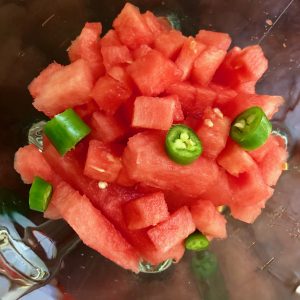 THE WEATHER IS PREDICTED TO BE BRUTAL THIS WEEK…
THE WEATHER IS PREDICTED TO BE BRUTAL THIS WEEK…
It’s the perfect temperature to bring back this recipe. Watermelon Gazpacho can be made entirely without turning on the stove…with one caveat*. Everything goes into the blender in easy steps that might take 10 minutes. Then chill it for 30 minutes and you’re there. Yes, it’s a repeat of a post from 4 years ago. When we read that the heat index in New York City is going over 100 degrees for several days in a row this week, it’s time to make Gazpacho again. And it also gives me a chance to re-publish a wonderful tale about Watermelon from author Yvonne Durant. Once you’ve read her story, you’ll want to order her fascinating autobiography, an Audible Original, pictured here. You can do that while your Gazpacho chills. Click on the cover to buy the Audible book.
IS WATERMELON ALL AMERICAN? NOT BY A LONG SHOT.
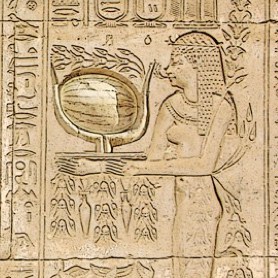
Gazpacho may be Spanish but Watermelon strikes me as American as apple pie. Not so. It was originally domesticated in West Africa. Even then, there is evidence of watermelon seeds left in Pharoah’s tombs in Ancient Egypt. If you remember your history, years were spent preparing the Pharoah’s elaborate resting places with everything they might use in the afterlife. This included food, preserved for all eternity. Watermelon must have been highly-prized as it appears on walls of these tombs. And it is still grown worldwide in over 1000 varieties. The prize for the country that grows the most melons goes not to the United States. China produces two-thirds of the world’s watermelon.
WHAT IS AMERICA’S CONNECTION TO WATERMELON?

In the 17th century, Watermelon was planted in Europe in home gardens for personal consumption. Immigrants to America brought seeds with them to the Colonies. Spanish settlers brought them to Florida about 1576. The Massachusetts Bay Colony grew watermelon by 1629. Considering its West African roots, we might assume that slaves had brought a variety from there. But these poor West Africans were stripped of any possessions by their captors. It’s almost poetic justice then that free African Americans grew watermelons in the Civil War era. They became one symbol of the abolition of slavery. Unfortunately, after losing the Civil War, whites maligned African Americans for their taste for watermelon. It devolved into a racist stereotype. One that was so hurtful, it was too painful for many contemporary African Americans to eat.
Our dear friend, Yvonne Durant, wrote an entire article for Gourmet Magazine about eating Watermelon in public for the very first time.

“Sitting in Cannes one sizzling afternoon…there it is, juicy-red and refreshing-looking—a great big slice of watermelon. Suddenly I am ten years old, sitting in our old Brooklyn kitchen listening to a conversation between my mother and her cousin Bobby. “June,” he says, “You know why I don’t eat watermelon? Because years ago, whenever summer rolled around, they’d find the darkest kid in town, give him a pair of new overalls and a big ole slice of watermelon, and tell him to bite into it and grin. They’d hang that poster everywhere.” The story, which I encourage you to read in full at http://www.gourmet.com.s3-website-us-east-1.amazonaws.com/magazine/2000s/2001/08/pride_and_prejudice.html. ends “ The waiter asks “And what can I get you, mademoiselle?” I give the beach a once-over. I don’t spot anybody I know. And everyone looks European. I assume the entire beach won’t turn around pointing their fingers and laughing at me. “I’ll take the watermelon, please.” My fruit arrives, accompanied by a silver knife and fork. And then, at the age of 35, I dig into my watermelon with the whole world looking on. And it tastes fantastic.” So does this which I am tempted to call “Gazpacho Durant.” Here is the recipe and after it, another recipe for Gazpacho as it’s made in Portugal. Click on the link or the photo to go straight to that recipe.
* Oh the caveat: I am a little Italian regarding tomatoes. I prefer them peeled, a process that involves scoring an X on the bottom of each tomato, and then putting them in boiling water so the skin slips right off.
A great summer cooler, this quick recipe requires no cooking at all and produces a perfect starter at dinner or a light lunch all by itself. Watermelon Gazpacho
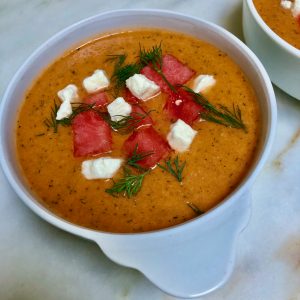
Ingredients
Directions
Tomato and Red Pepper Gazpacho a là Casas do Coro, Marialva, Portugal
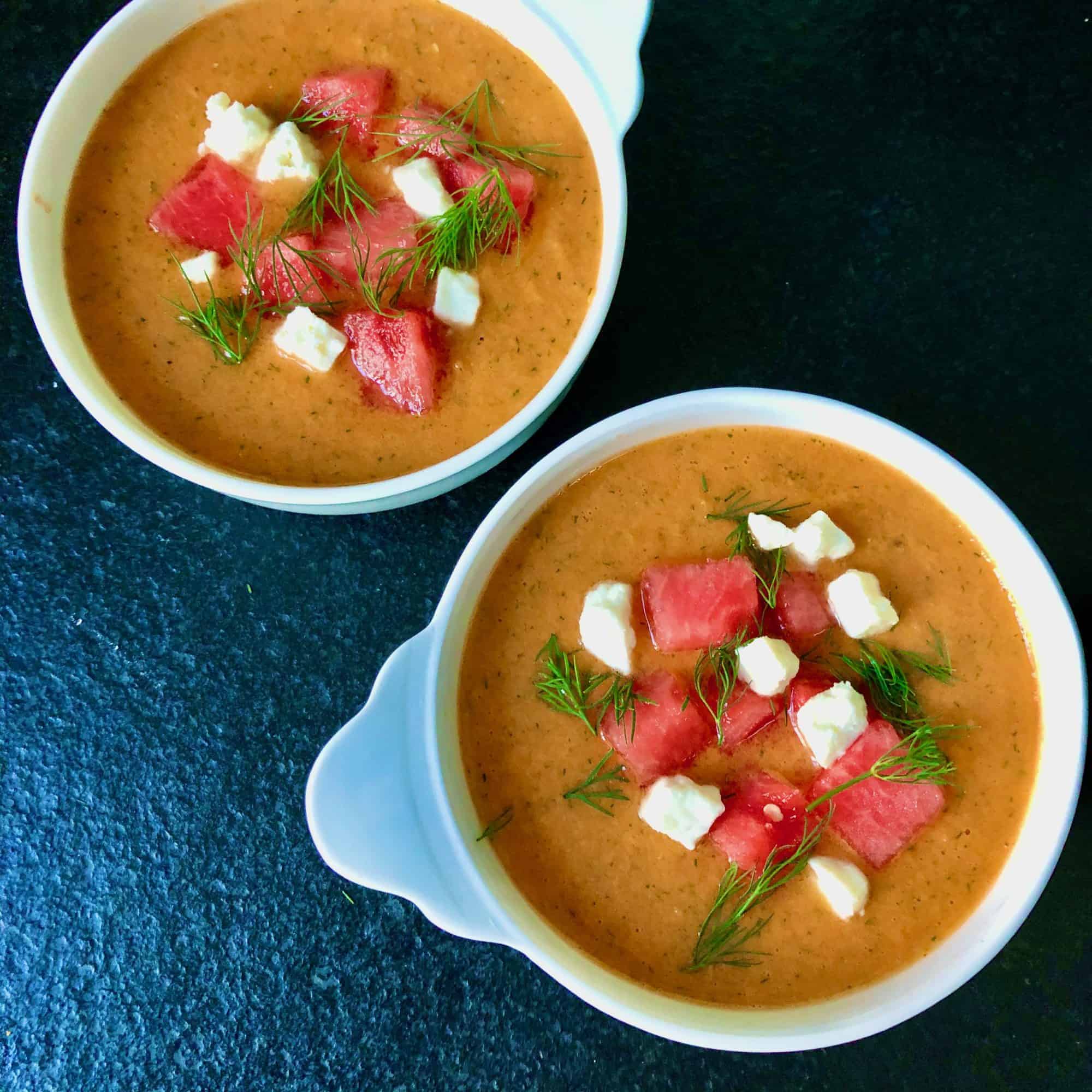
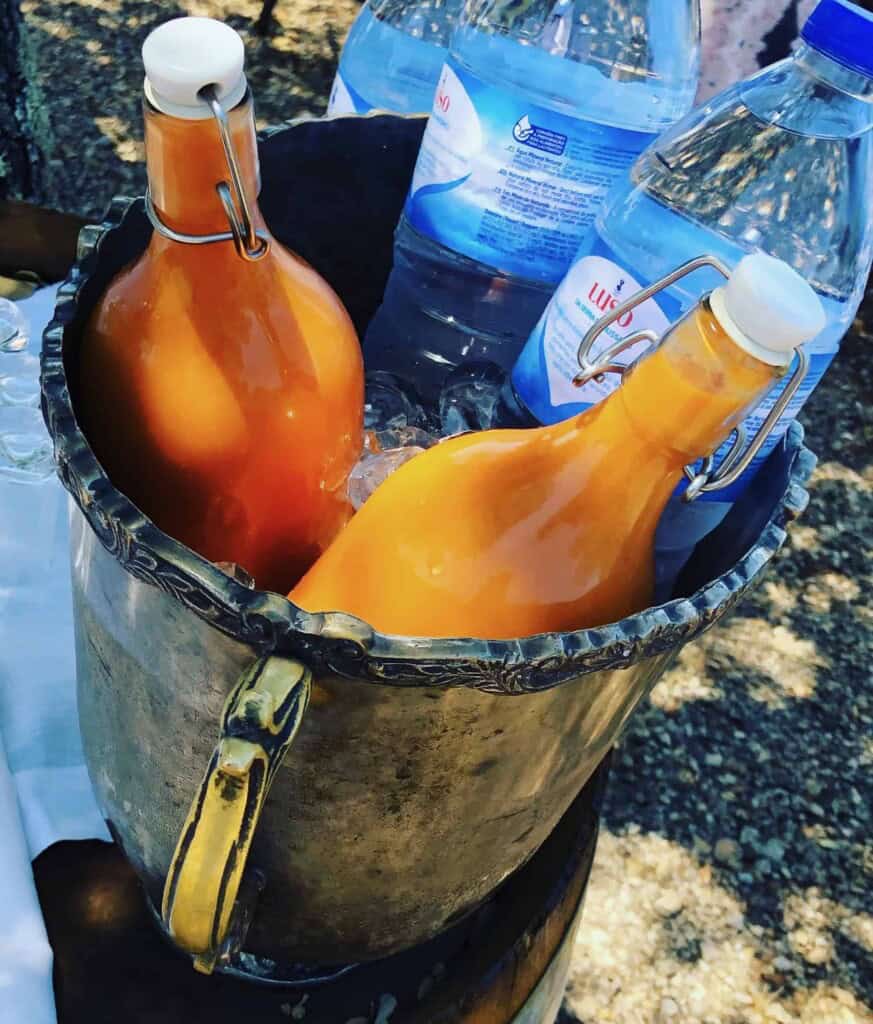
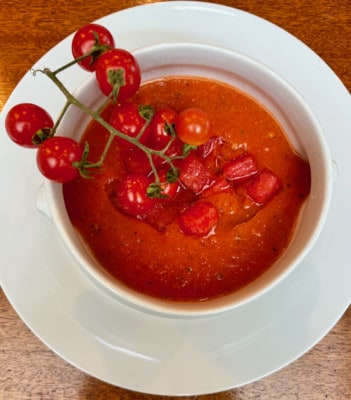
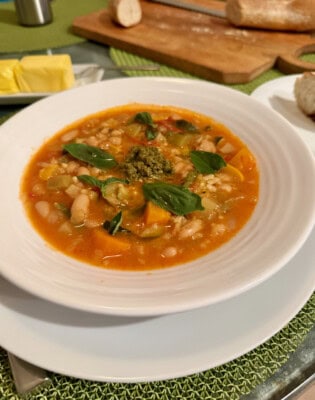











on your recipe it doesn’t say to blend after adding the cucumbers and onions. I assume they get blended because in the description you said that everything goes into the blender and also the original recipe says to blend the onions and cukes. So I am suggesting to add that into the instructions if in fact they should be blended. Should they? Thanks, Sharon.
gonna make it tomorrow
Dear Sharon, I hope you got my message yesterday and were able to make the dish. I do apologize for stopping you in your tracks. And I do appreciate your taking the time to write so that I could fix it. My best to you. Monte
Interesting that you say it’s Italian to peel tomatoes. When my mother first brought her mother up from Alabama to meet the new inlaws in MIchigan in the 1940s,, they attended a summer luncheon and my grandmother said afterwards, “These Yankees don’t peel their tomatoes, I almost choked .”
That is a riot! Thanks so much for sharing.